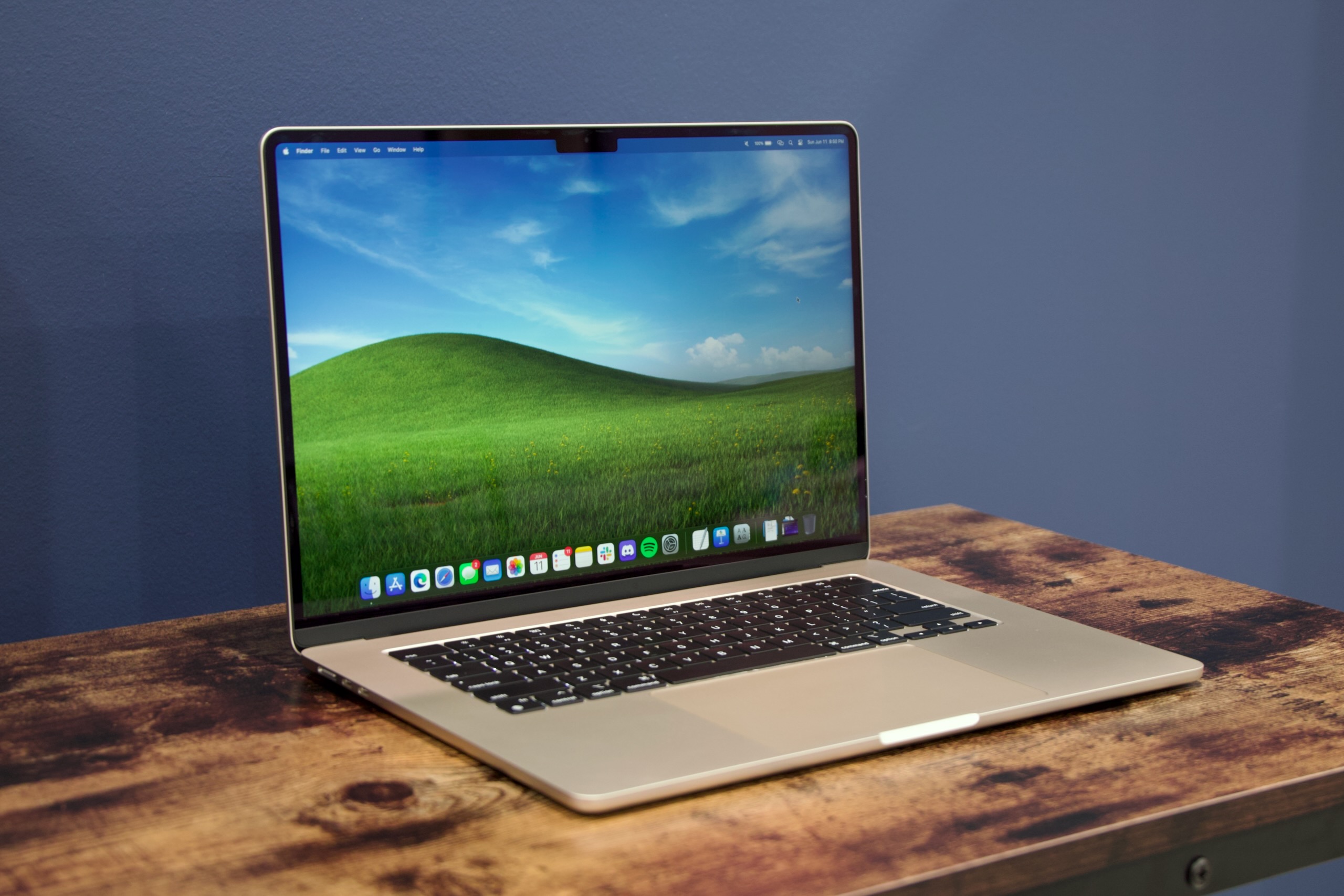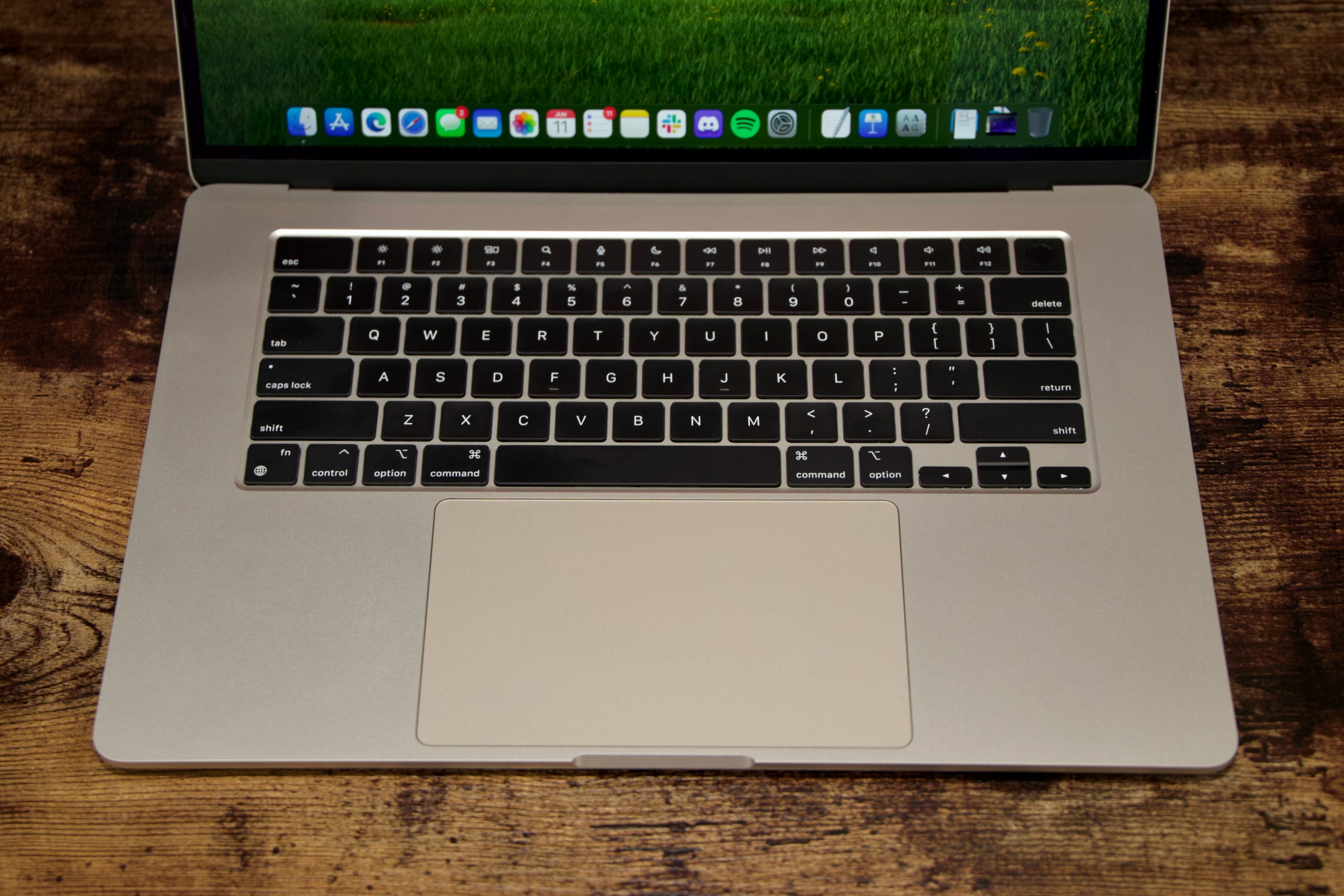It's a credit to Apple's chips that when I'm using my 13-inch MacBook Air, I feel much more constrained by the screen size than I do by the performance.
That wasn't always the case. The Intel MacBook Airs of years past were perfectly fine for basic computing, but you could feel the difference between an Air and an iMac or MacBook Pro as soon as you tried to edit something in Photoshop or Lightroom or export something with iMovie. The M1 and M2 Macs also feel slower than their Pro, Max, and Ultra counterparts, but for the kinds of light-to-medium-duty work that I spend most of my time doing, I rarely find myself waiting around for things to happen.
That's why I've been looking forward to the 15-inch MacBook Air, which has been rumored for at least a year and is being released to the public this week. Before now, getting a larger Mac laptop meant paying at least $2,000 for the privilege—$2,500 for the 16-inch MacBook Pro—because getting that bigger screen also came with extra ports, more powerful chips, and fancier screen technology.
Those things are all perfectly nice to have, but they add extra weight, and they're overkill for many people who might otherwise be interested in a larger-than-13-inch screen. The 15-inch MacBook Air is for those people.
What’s different about the 15-inch Air?
The 15-inch MacBook Air isn't totally identical to the 13-inch M2 MacBook Air that Apple released nearly a year ago, but it's pretty close. Like the iPhone 14 and iPhone 14 Plus or the 11- and 12.9-inch iPad Pros, the 15-inch Air shares nearly everything with its smaller sibling except for its size and its price.
The new MacBook Air's screen is obviously the biggest departure from the 13.6-inch M2 Air. The 15.3-inch, 2880×1864 display has the same 224 PPI density as the 13-inch Air, and an aspect ratio of roughly (but not exactly) 3:2. Although the resolution and density are lower than those on either the 14- or 16-inch MacBook Pro, the screen has nearly the same density as every other Retina MacBook Air and Pro that Apple has ever released, so it's not going to feel like a downgrade for most people.























 Loading comments...
Loading comments...
